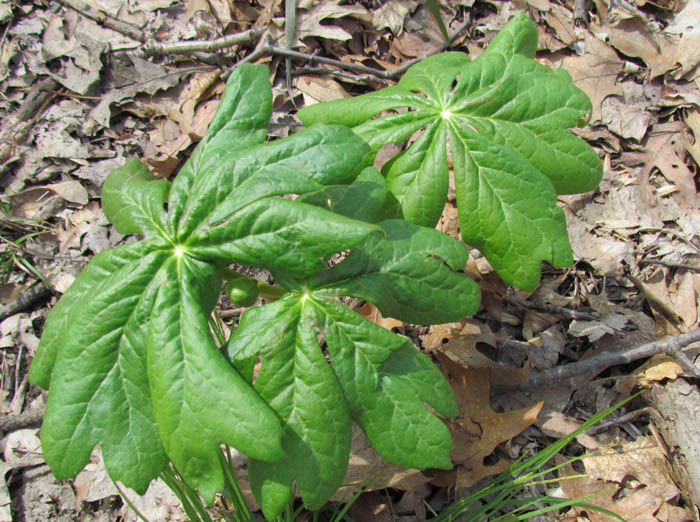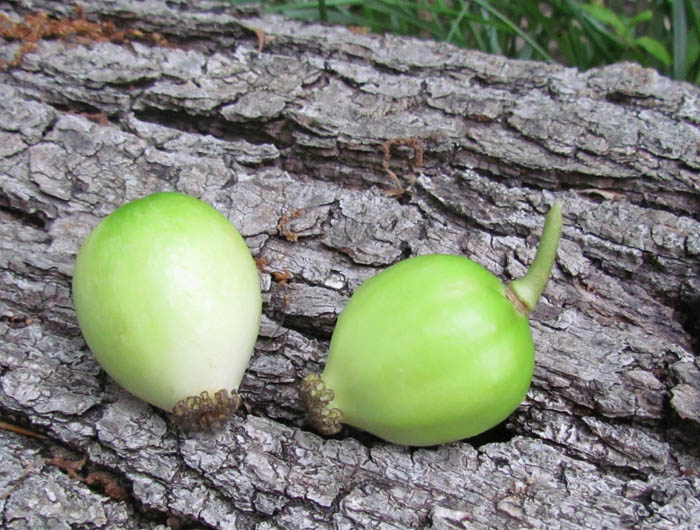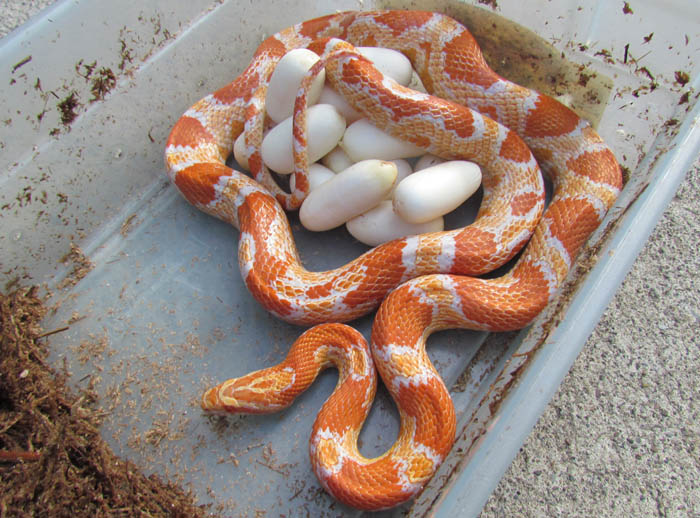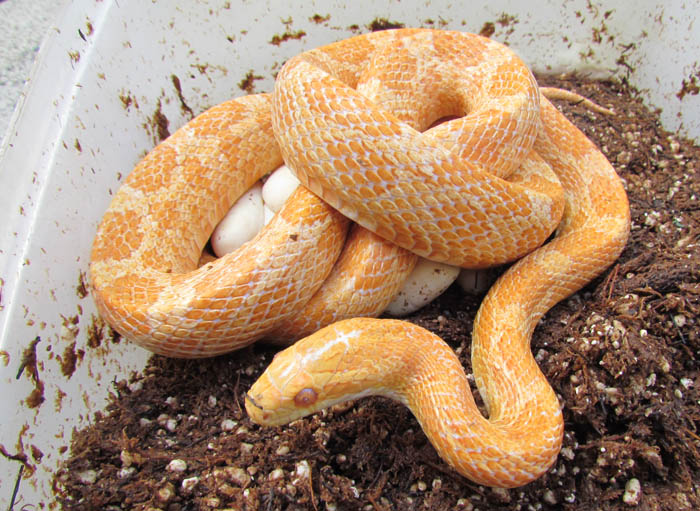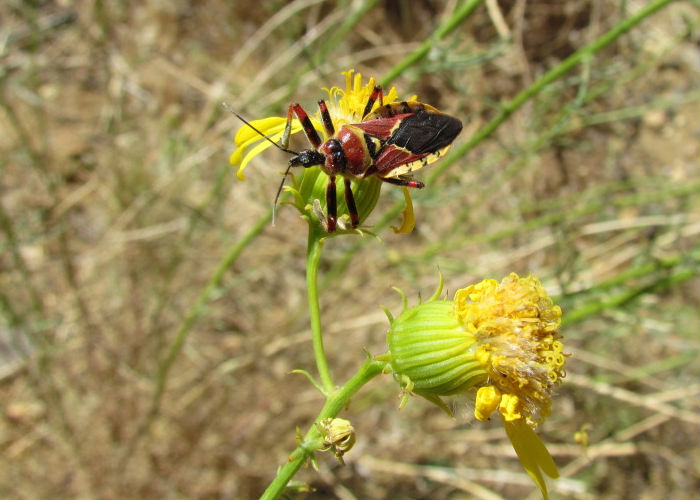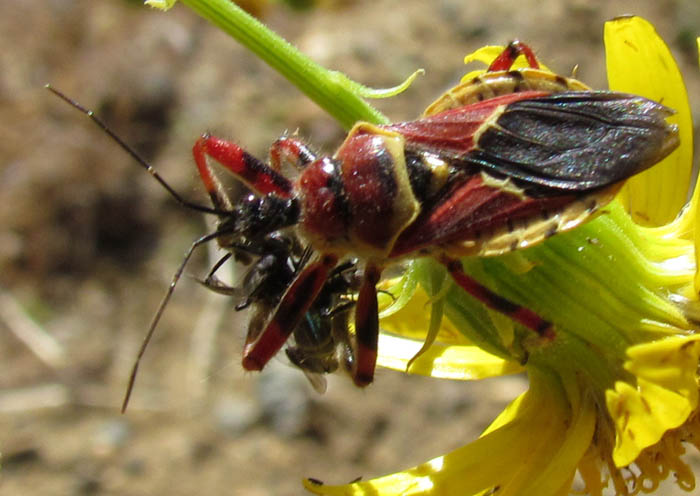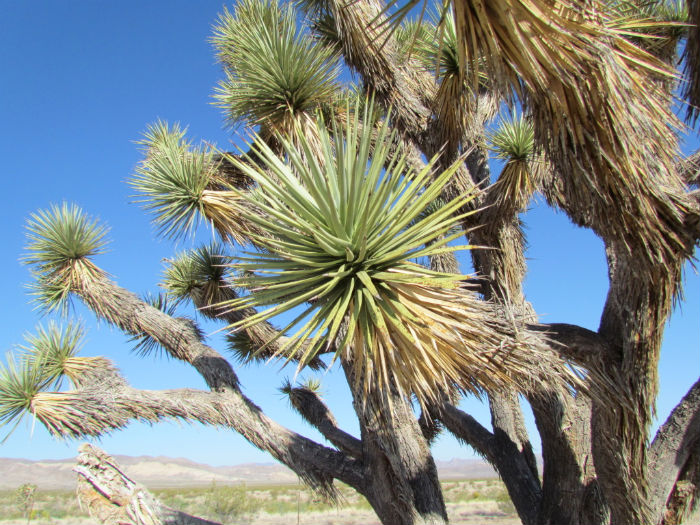Hiking through North Chagrin Reservation in March, I noticed this twisting up through the forest floor. It’s a Mayapple - Mayapple is a perennial native herb found growing in moist soils in rich woods, thickets and pastures in eastern North America.
By April the umbrella-like plants were really starting to grow. They can get to 18 inches tall. Two large, dark green, palmate leaves grow to protect the large white flower. The leaves can get to be 12 inches across.
In May I saw a few Mayapples beginning to bloom in central Ohio. Mayapple flowers turn into crab apple-sized edible fruit. The fully ripe fruit is eaten raw, cooked or made into jams, jellies, marmalade and pies.
By June I plucked a couple of Mayapples to try out. It is best to wait until the fruit turns yellow before eating. It has a sweet, peculiar, but agreeable flavor. May apples are just one of the many delicious (and often overlooked) ways of celebrating Summer.


